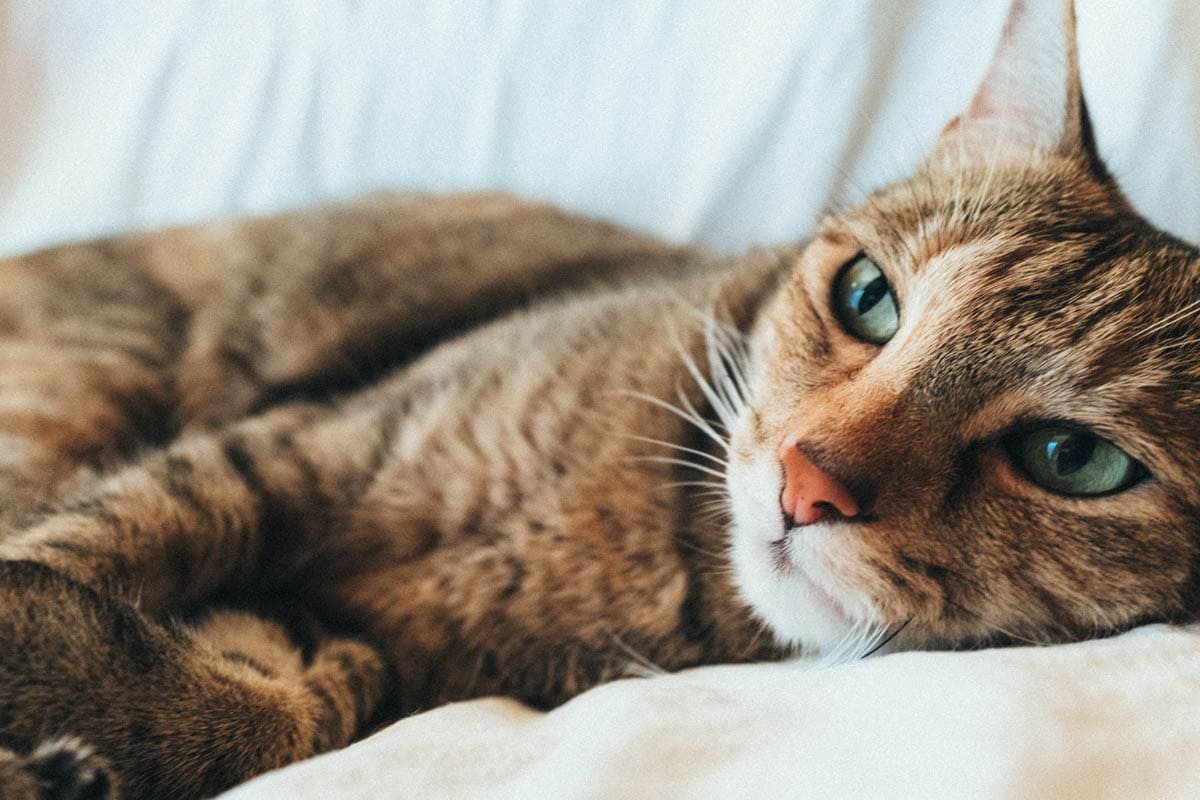What is thiamine?
Also known as vitamin B1, thiamine is a water-soluble vitamin that plays an important role in numerous body functions including helping the body metabolise carbohydrates into energy and maintaining a healthy heart and nervous system. Foods that contain thiamine include some fruits and vegetables, meat, liver, bread, brewers yeast, legumes, and milk.
Thiamine deficiency is rare in cats and is most typically seen when a cat has been fed a diet that contains large amounts of raw fish.
Causes
- High fish diets: Cats who are fed diets that contain large amounts of raw fish. Raw fish contains the enzyme thiaminase, which destroys thiamine. Cooking destroys thiaminase, thus protecting thiamine.
- Diets high in sulfur dioxide (220): This preservative found in some brands of pet mince. Sulfur dioxide inactivates thiamine. [1] Pet food manufacturers, therefore, must carefully monitor their products to ensure they contain adequate levels of thiamine for cats.
- Food cooked in water: Thiamine is soluble in water and is lost if cooked in water. If you are to cook your cat’s food in water, then use as little as possible.
- Cooking: High heats can also destroy thiamine. Once again, pet food manufacturers must carefully monitor their products to ensure they contain adequate levels of thiamine to compensate for the loss during the cooking process.
- Cheap/generic brands of cat food: Manufacturers of cheap cat food may not monitor these levels as diligently as they should, therefore it is always wise to choose your pet foods carefully and feed a varied diet.
The body does not store thiamine and it depletes quickly if the cat is fed an inadequate diet or goes without food for a period of time. It is, therefore, important to ensure the diet contains adequate amounts of this vitamin.
Symptoms
- Anorexia
- Salivation
- Dilated pupils
- Ataxia (loss of coordination)
- Cervical ventroflexion (necks flexed/rigid, which causes an inability to raise the head, the chin rests near the chest)
- Seizures
- Loss of righting reflexes
- Bradycardia (slow heartbeat)
- Aggression
- Twitching
Diagnosis
Your veterinarian will perform a complete physical examination and obtain a history from you, including information on your cat’s diet. The most common sign of thiamine deficiency is cervical ventroflexion.
Treatment
- Feed a nutritionally balanced diet and avoid diets containing large quantities of fish.
- Thiamine injections.
References:
[1] Australian Veterinary Association warning over preservatives in pet food.

